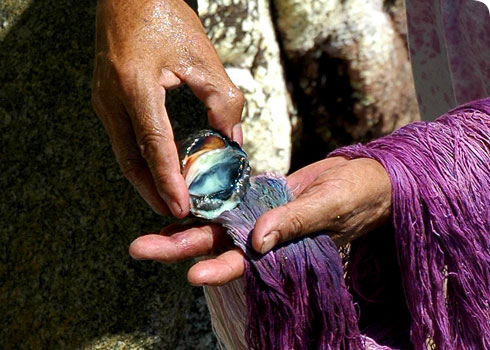Plicopurpura pansa
The dye from this snail is used to colour traditional clothing that will not fade or bleach. The strong garlic odour given off by clothes dyed this way is considered proof of authenticity.
To obtain the Tyrian purple dye, the snail is collected at low tide and poked with a pin or other implement until it releases drops of thick liquid.
After the snails are ‘milked’, they are released back into the wild, relatively unharmed. This practice has been sustainable for hundreds of years because populations were milked in strict rotation, with no populations subjected to intensive handling.
However, in the 1980s, a small dye industry was developed in western Mexico, and populations of P. pansa in the area were impacted immediately.
Today, scientists at the University of Guadalajara are studying P. pansa populations intensively to develop strategies for sustainable dye production and population management.
Species detail
-

Taxonomy
Like its close relative Plicopurpura columellaris, P. pansa has a grey knobbly shell. So how can you tell them apart?
-

Distribution
You might find this snail on a rocky shore in Central or South America.
-

Biology
The average lifespan of the P. pansa snail is 11 years. Find out more about its lifecycle and how it has got smaller in recent years.
-

Conservation
These snails are under threat as they are increasingly exploited for their dye. Find out what’s being done to protect them.
-

References
Get reference information on Plicopurpura pansa.
Images
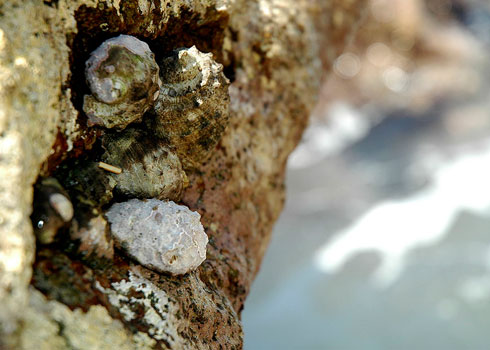
Plicopurpura pansa.
© http://traditionsmexico.phanfare.com/2402728
Plicopurpura pansa being 'milked' for dye.
© http://traditionsmexico.phanfare.com/2402728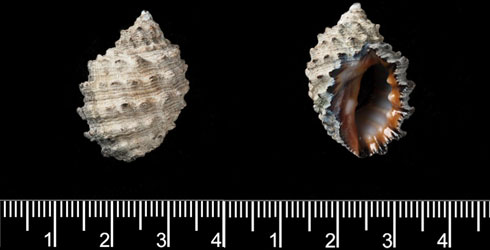
Dorsal and ventral views of Plicopurpura collumellaris.
© Phil Hurst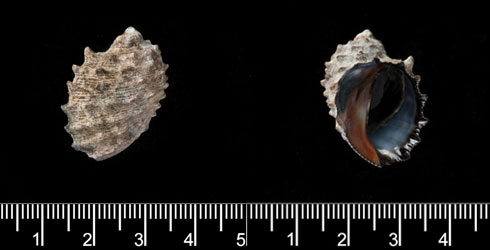
Dorsal and ventral views of P. pansa.
© Phil Hurst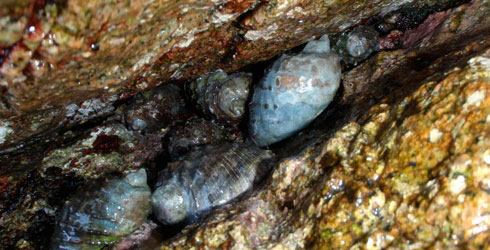
Plicopurpura pansa in a rock crevice - Jalisco, Mexico.
© Martine Claremont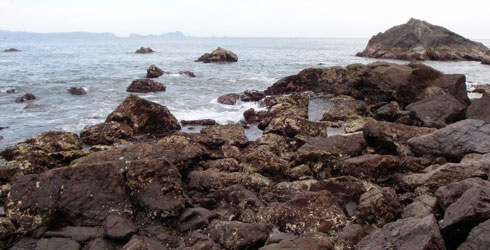
Typical rocky shore habitat of Plicopurpura pansa - Jalisco, Mexico.
© Martine Claremont
Skirt made from material dyed with Plicopurpura pansa dye.
© http://traditionsmexico.phanfare.com/2402728_2606447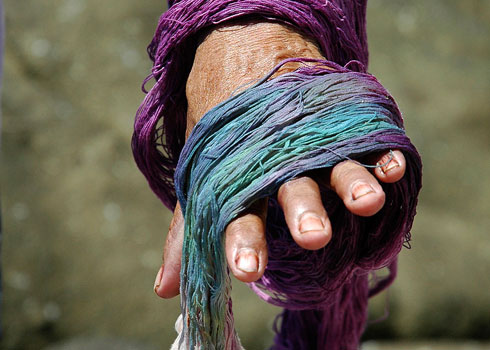
Plicopurpura pansa dye stains. When the dye is exposed to the sun it turns from yellow to blue, and finally to purple.
© http://traditionsmexico.phanfare.com/2402728_2606447
Plicopurpura pansa habitat.
© http://traditionsmexico.phanfare.com/2402728_2606447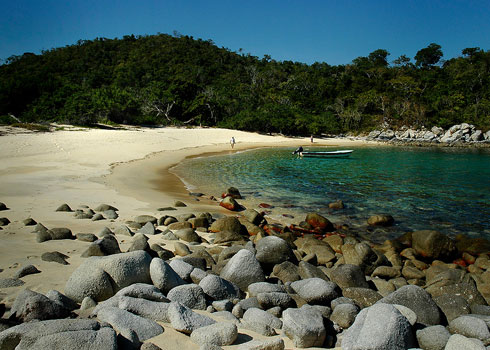
Plicopurpura pansa habitat.
© http://traditionsmexico.phanfare.com/2402728_2606447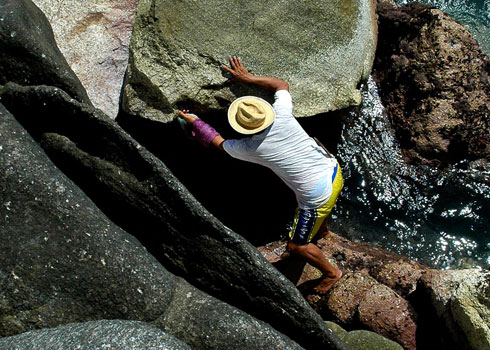
Collecting Plicopurpura pansa.
© http://traditionsmexico.phanfare.com/2402728_2606447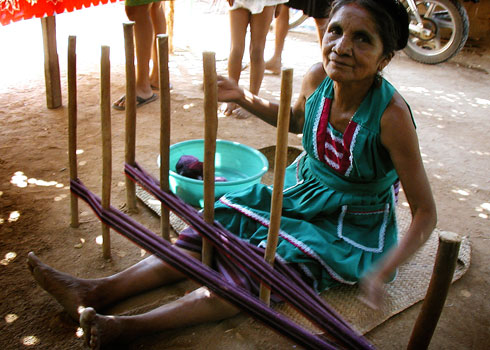
Weaving with cotton, coloured with Plicopurpura pansa dye. This weaver is making a traditional skirt.
© http://traditionsmexico.phanfare.com/2402728_2606447Distribution map
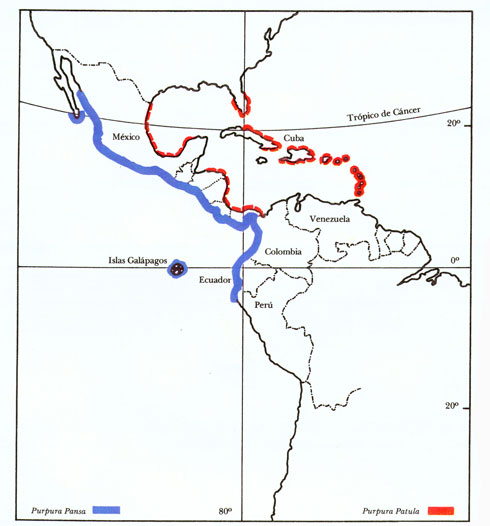
Geographic distribution of Plicopurpura pansa and the homologous species Purpura patula, in the Pacific and Atlantic Oceans
